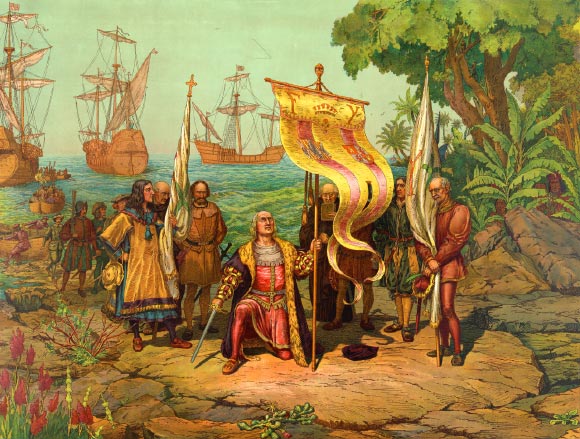European Expansion
Published September 15, 2020Updated December 5, 2020
European Expansion
Impact of Slave Trade and Colonisation on Indigenous Societies at the Cape
Terms You Need to Know:

Christopher Columbus arriving in the America. Image Source
Abolition: The ending of a law, a system or an institution. During the 19th century, the Abolition of Slavery Act ‘officially’ ended slavery in 1834.
This topic follows on from the previous one. Having looked at a period when it was not clear that Europe would dominate the world, this topic now explores how and why, in less than two centuries, Europe was able to colonise large parts of the world. The focus is on the early processes of colonisation and the consequences on the colonised societies, on ideas of racial superiority and on the balance of power in the world. This should be a broad overview.
Hettie du Preez has made an outstanding contribution to the struggle against political and economic injustice in South Africa. She was a prominent figure in the trade union movement and in the leadership of a number of organisations. Du Preez became the leader of the Garment Workers Union (GWU) in the 1940s and 1950s. In 1947, she worked on launching a left-wing, non-racial women’s organisation.